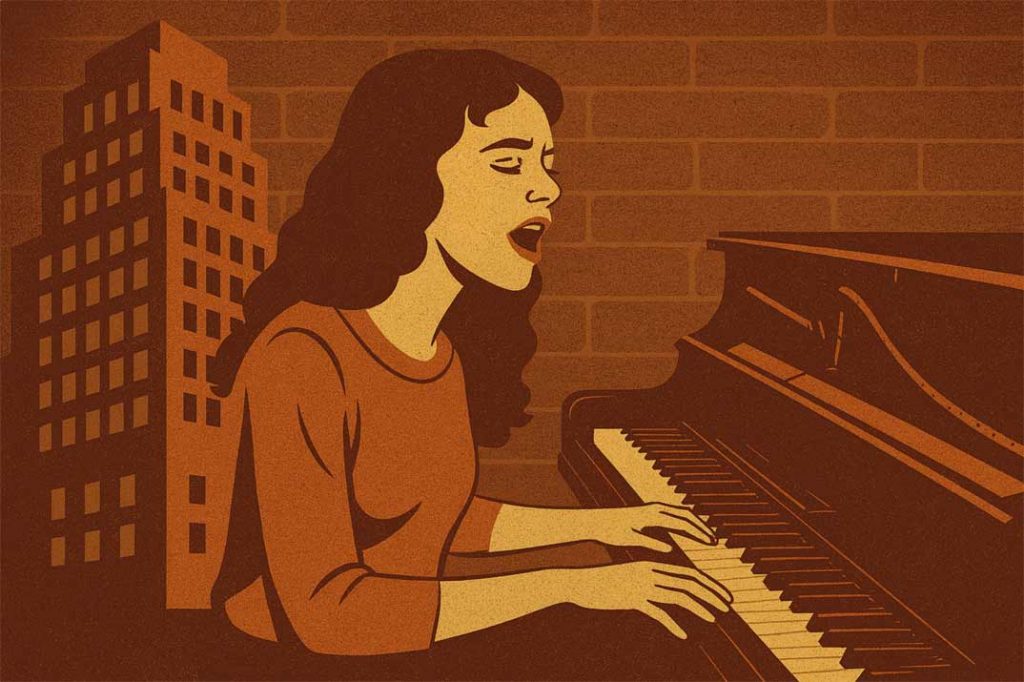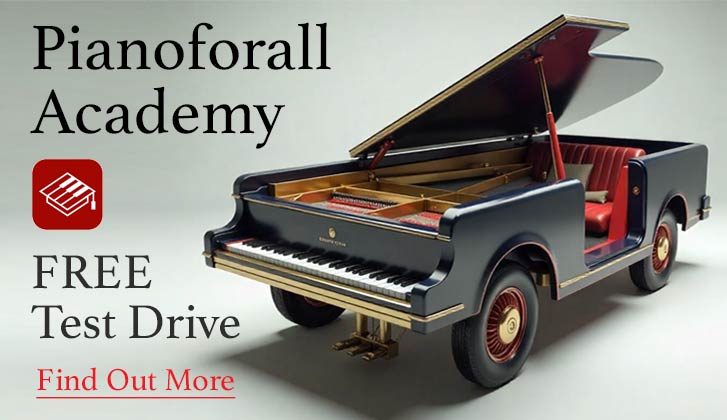Carole King’s Will You Still Love Me Tomorrow is now regarded as a classic, forever tied to her piano, her voice, and her moving performance on her 1971 masterpiece Tapestry.
But that wasn’t the first time the world had heard the song. A decade earlier, King — still a teenager at the time — had co-written Will You Still Love Me Tomorrow with lyricist Gerry Goffin. The Shirelles recorded it in 1960, and it became the first No.1 hit by an all-girl group.
Carole King And The ‘Piano Cubbyholes’ Of The Brill Building
That early success didn’t come from King working in an isolated garret.
Instead, she was in what she later called a “cubby hole” — just large enough for an upright piano, a stool for herself, and a chair for her lyricist partner.
This cubby was located in the most unlikely of hit factories: the Brill Building, a drab Art Deco office block on the northwest corner of Broadway and West 49th Street in Manhattan.
Yet, in the early 1960s, the Brill Building was in fact at the epicentre of Western popular music.
It hosted as many as 160 tenants: songwriters, publishers, performers and recording artists, voice coaches, record labels, producers, and talent agents.
Walk its corridors and you would hear a noisy jumble of upright pianos all hammering out possible hits.
The piano was everywhere — not just as furniture, but as the creative heartbeat of the building.
From Tin Pan Alley to the Brill Building
The Brill Building carried on the tradition of Tin Pan Alley, which had shaped American music from the 1890s through the 1930s.
Tin Pan Alley got its name from the racket of pianos pouring out of different buildings around West 28th Street, where composers churned out tunes for sheet music publishers.
The business model was simple: write a catchy song, sell the sheet music, and families would buy it to play on their parlour pianos.
At its peak in 1910, sheet music sales hit two billion copies.
But by the late 1920s, records had overtaken sheet music as the way people bought and shared music.
As the electric phonograph rose in popularity, and took recorded sound to new levels of fidelity, Tin Pan Alley declined — and the Brill Building was perfectly poised to take its place.
The Brill Building Through the Decades
Completed in 1930, the Brill Building first drew in jazz publishers and Big Band arrangers. Greats like Duke Ellington and Johnny Mercer worked with its publishers, while bandleaders such as Benny Goodman and Glenn Miller relied on pianos to arrange and test new music.
By the 1950s, the building had transformed into a songwriting powerhouse.
Rock ’n’ roll was booming, and record labels needed a constant flow of new material.
Most singers of the time didn’t write their own songs. Instead, they turned to the Brill Building, where young composers and lyricists supplied hit after hit — nearly all born on a piano.
Famous Songwriting Partnerships at the Piano
Carole King and Gerry Goffin were just one of many creative duos:-
- Barry Mann and Cynthia Weil wrote You’ve Lost That Lovin’ Feelin,
- Jerry Leiber and Mike Stoller gave us Stand By Me and Jailhouse Rock,
- Burt Bacharach honed his craft here before teaming with Hal David, ahead of devising an avalanche of perfectly crafted popular songs.
The method was almost industrial:
- songwriters bashed out melodies at upright pianos;
- lyricists shaped words to match the chords;
- publishers tested new numbers by sending them downstairs, where singers would sight-read them at the café piano; then,
- if a song passed, it might be recorded within days.
The “Brill Building Sound” was born — melodic, polished, and irresistibly catchy.
The Beatles and the End of the Brill Building Era
This system thrived until 1964, when The Beatles crossed the Atlantic, and stormed America.
Unlike The Shirelles or Elvis, the Liverpudlians didn’t need outside songwriters.
Lennon and McCartney (often working at the piano) wrote their own material — witty, sophisticated, and original.
Their success reshaped music executives’ expectations: now it became anticipated that artists should write their own songs.
The Brill Building’s conveyor-belt model faded, but the talent it produced continued to flourish.
Carole King herself stepped into the spotlight, moving from piano cubbyhole to centre stage. Her album Tapestry became one of the best-selling records of all time, proving the songwriter could also be the star.
Why the Brill Building Still Matters for Piano Learners
The Brill Building’s story is more than nostalgia.
Its songs remain timeless because they were built on simple, strong chord progressions — the kind you can easily learn at the piano today.
With just a few chords under your fingers, you can play Brill Building classics or even write your own.
The piano was — and remains — the ultimate songwriting tool.
Whether it’s Carole King in her cubby, Barry Mann hammering out a chorus, or a modern learner sitting at home, the process is remarkably similar. A piano, a melody, and a bit of persistence can still change music history.
The Brill Building shows us that the piano isn’t just an instrument.
It’s a means of playing, or indeed writing, great songs, a time machine, and a storyteller.
Sit down at your piano, and you may just hear echoes of those cubbyhole classics waiting to be reborn.



